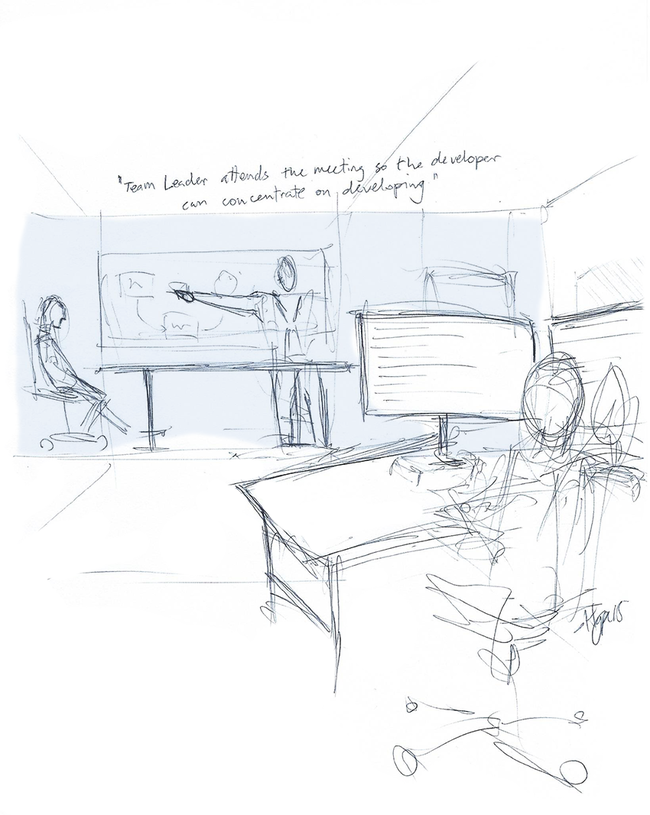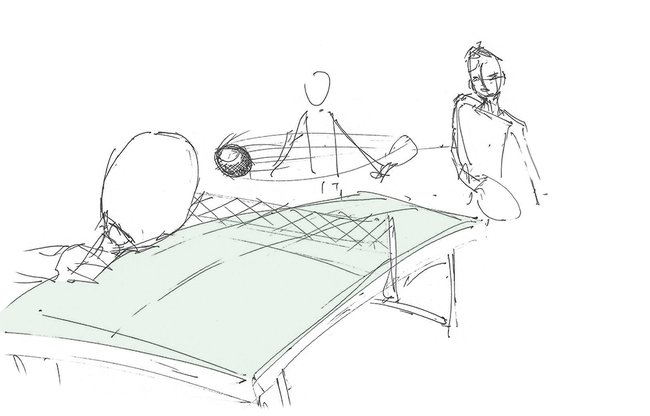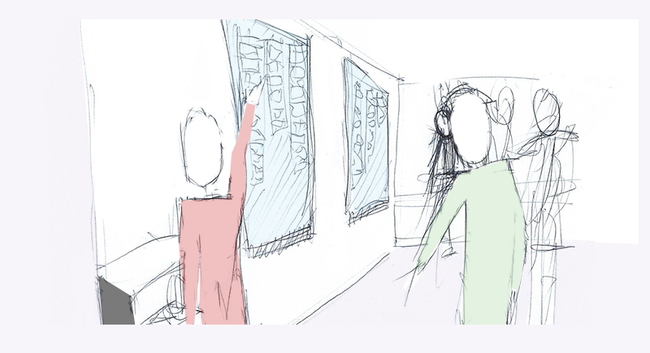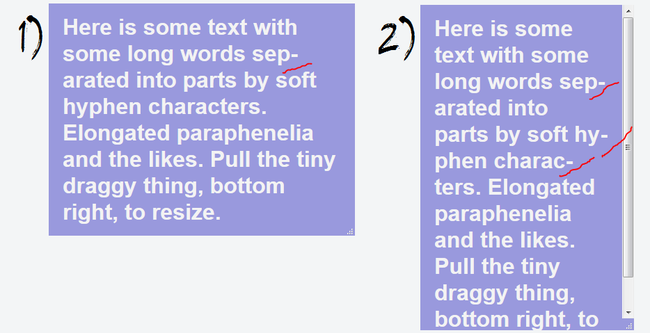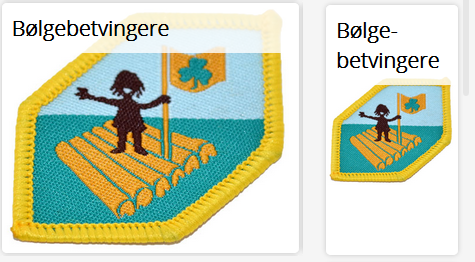My First Event Sourced Application
Back in 2011, in my first year on the BSc Software Development, I built a link shortening site. The project was pretty much abandoned within half a year and has been lying dormant since.
This is how the main page of the site looked:

I have recently started migrating things to a new server, and that brought me to reevaluate the site. It is currently offline, so you will have to rely on the pictures I show here for an idea of it.
One part of the application is showing statistics over who has visited a link. This happens by recording a visit whenever a visitor accesses a link. For example, if you visited http://drng.dk/1 the application would record your user agent before sending you off to the destination, http://hypesystem.dk.
I wanted to show a breakdown of what browser and operating system a user was using to visit the site. When I was creating the data model and the corresponding...
